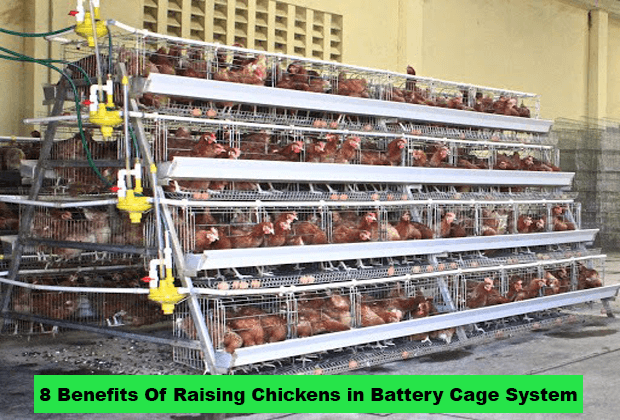Farm Animals, Meaning, Examples, and Characteristics
Welcome to Nagro, In this article, we will be looking at what Farm Animals are all about, the meaning, examples, and characteristics which can enable you to identify farm animals when you see one.
Before we continue, let us understand what Farm Animals is all about:
What are Farm Animals?
Farm animals are animals raised on the farm primarily for human consumption, income generation, and assistance with farm operations. Livestock is another name for them. Farm animals (FA) and wild animals (WA) differ in that farm animals live among humans, whereas wild animals live in the wild, forest, jungle, and so on.
Also Read 6 Natural Sources of Calcium for Chickens
Examples of Farm Animals
Farm animals are those that are kept or raised on farms. Goat, sheep, cattle, ox, camel, buffalo, horse, donkey, cow, pig, chicken, turkey, duck, and goose are the most common. Some animals are grouped as micro-livestock and they include rabbits, cane rats, guinea pigs, etc.
Classes of Farm Animals
Farm animals can be classified according to their digestive system. These animals are classified as monogastric, ruminant, or pseudo-ruminant.
1. Monogastric Animals (Simple Stomach)
Examples of monogastric animals include:
- All poultry species
- Pigs
- Horses
- Donkey
- Rabbits
- Cane rats
- Guinea pigs
2. Ruminants Animals
Examples of ruminants include:
- Goats
- Sheep
- Cattle
- Buffalos
3. Pseudo-ruminant Animals
Examples of pseudo-ruminants include:
- Camels
- Alpacas
Also Read Dog Breeding For Beginners – Important Things You Need To Know
Characteristics of Farm Animals
- Farm animals thrive or perform well in confinement or domestic settings. Farm animals are frequently raised or kept in confined or fenced areas. Despite this, they thrive and grow in this specific area or environment. However, the environment (farm) must be conducive, and adequate feed and water must always be available.
- They are used to living in houses with humans and other farm animals. One of the reasons they are also known as domestic animals.
They coexist peacefully with animals of both the same and different species. - Except when agitated, threatened, or sense a threat, they are calm and friendly in nature and behavior. They pass on domestic traits to their offspring.
- They are used to living in houses with humans and other farm animals. One of the reasons they are also known as domestic animals.
They coexist peacefully with animals of both the same and different species. - Except when agitated, threatened, or sense a threat, they are calm and friendly in nature and behavior.
- They pass on domestic traits to their offspring. These animals lived in the wild for thousands of years before being captured by humans. They naturally lose wild characteristics after many years of living with humans.
- Except for a few that are both diurnal and nocturnal (awake and more active during the day), they are generally diurnal animals (awake and more active during the day).


